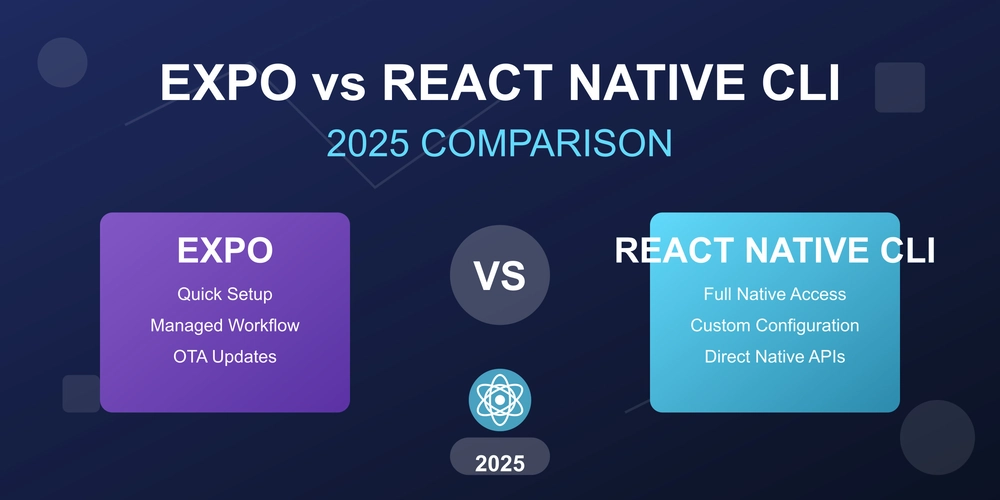
The Ultimate Guide to Running PostgreSQL on Windows 11 with WSL2
TL;DR: Embark on your data engineering journey by installing WSL2 with Ubuntu on Windows 11 and setting up PostgreSQL in a Linux environment. This setup, which accepts both internal and external connections, is your launchpad into the world of data engineering.
Why PostgreSQL and Why Linux on Windows?
Modern data engineering leans heavily on PostgreSQL as the go-to relational database. While you can install PostgreSQL directly on Windows, most pros prefer running it in Linux. Here's why:
- Performance: Linux often delivers better performance for database workloads.
- Production Similarity: Linux mirrors production environments, reducing surprises when deploying your projects.
- Fewer Compatibility Issues: Linux tends to play nicer with other data engineering tools.
Windows + Linux: The Best of Both Worlds with WSL2
Windows is popular for its user-friendliness, but Linux dominates the server landscape. Dual booting or getting a separate Linux machine can be a hassle. Enter WSL2 (Windows Subsystem for Linux).
WSL2 gives you:
- Windows' familiar interface
- Linux's robust developer environment
By the end of this guide, you'll have:
- A fully functional PostgreSQL server running in WSL2
- External connectivity configured for Windows tools like pgAdmin or DBeaver
- A production-like environment for local development and testing
Let's turn your Windows 11 machine into a professional-grade PostgreSQL development environment!
Prerequisites: What You Need to Get Started
Before diving in, make sure you have:
- Windows 11 Home or Pro edition (Home works just fine)
- Virtualization enabled in your BIOS/UEFI settings
- Administrative access to your Windows machine
- Internet connection for downloading packages
- About 15-20 minutes
Step-by-Step: Setting Up PostgreSQL on Windows 11 via WSL2
Step 1: Enable WSL2 & Install Ubuntu-22.04
-
Open PowerShell as Administrator
-
Run the following command:
-
To explore other Linux distributions:
Refer to the official Microsoft documentation for a complete guide on WSL2 setup.
Step 2: Install PostgreSQL on Windows
-
Download: Go to the PostgreSQL Windows download page.
-
Click "Download the installer" (redirects to EnterpriseDB).
-
Choose the latest stable version.
-
Run the installer:
- Click
Next. Choose an installation directory (default is fine). - Select Components (keep defaults: PostgreSQL Server, pgAdmin, StackBuilder, Command Line Tools).
- Set a Password for the
PostgreSQLsuperuser (postgres). (Important! Remember this password.) - Set Port Number: default is
5432. - Set Locale: default is OK.
- Install.
- After installation, Postgresql starts as a Windows service automatically.
- Ignore the StackBuilder Wizard
- Click
-
pgAdmin Setup:
- Open pgAdmin.
- Set a Master Password.
- Login to your server using:
- Username:
postgres - Password: (the one you set during install)
- Username:
Step 3: Install PostgreSQL on WSL Ubuntu
-
Update your package lists:
-
Install PostgreSQL and its extensions:
-
Verify installation:
You should see output like psql (PostgreSQL) 16.8 (version may vary).
-
Start PostgreSQL service:
-
Check status:
-
Create a PostgreSQL User Matching Your WSL Username
- Get your WSL username:
-
Setup .bashrc to Default to postgres DB with Your User
- Open up the .bashrc using the nano editor
- Add the following at the bottom:
- Apply changes by exiting the nano editor( Ctrl +X , Y, Enter ) then run
- Now you can run the psql command on the terminal to access the postgres CLI interface
-
Edit
postgresql.confto Allow External Connections (for pgAdmin)- Edit the config file:
- Find and set the line starting with # listen_addresses = ‘localhost’ and then change it to ( Remove the # at the beginning;
listen_addresses = '*' -
Update
pg_hba.confto Allow External Authentication- Edit
pg_hba.conf:
- Add this line at the bottom:
host all all 0.0.0.0/0 md5 - Edit
-
Restart PostgreSQL to Apply Changes
-
Find WSL IP Address to Use in pgAdmin
- Get WSL's IP address (from Windows PowerShell or CMD):
- This might return something like 172.27.94.100. Use this as the host in pgAdmin.
Step 4: Add Connection in pgAdmin on Windows
- Open pgAdmin
- Go to Add New Server
- In the General tab:
- Name: WSL PostgreSQL
- In the Connection tab:
- Host: (e.g., 172.27.94.100)
- Port: 5432
- Maintenance DB: postgres
- Username: kubona
- Password: yourpassword
- ✅ Save Password
Click Save — it should connect! You can now use pgAdmin to manage your PostgreSQL database on WSL2 directly from Windows!
Step 5: Connect from WSL and Prepare for Windows Tools
-
Connect to PostgreSQL as the postgres user:
-
Create a test database:
Conclusion: You've Done It!
Give yourself a pat on the back! You've successfully set up a professional PostgreSQL environment on Windows 11 using WSL2. This hybrid approach gives you the development environment used by data engineers while keeping the Windows features you enjoy. You're now ready to utilize powerful Windows tools like pgAdmin to interact with your PostgreSQL database running smoothly within the Linux subsystem.
Next Steps in Our Data Engineering Foundations Series
Now that you have PostgreSQL running on WSL2, our next article will show you how to:
- Configure DBeaver as your PostgreSQL GUI client
- Set up database users and permissions
- Create your first data engineering project schema
Timing will never be perfect – start today! Share your questions, challenges, or recommendations in the comments section below.























